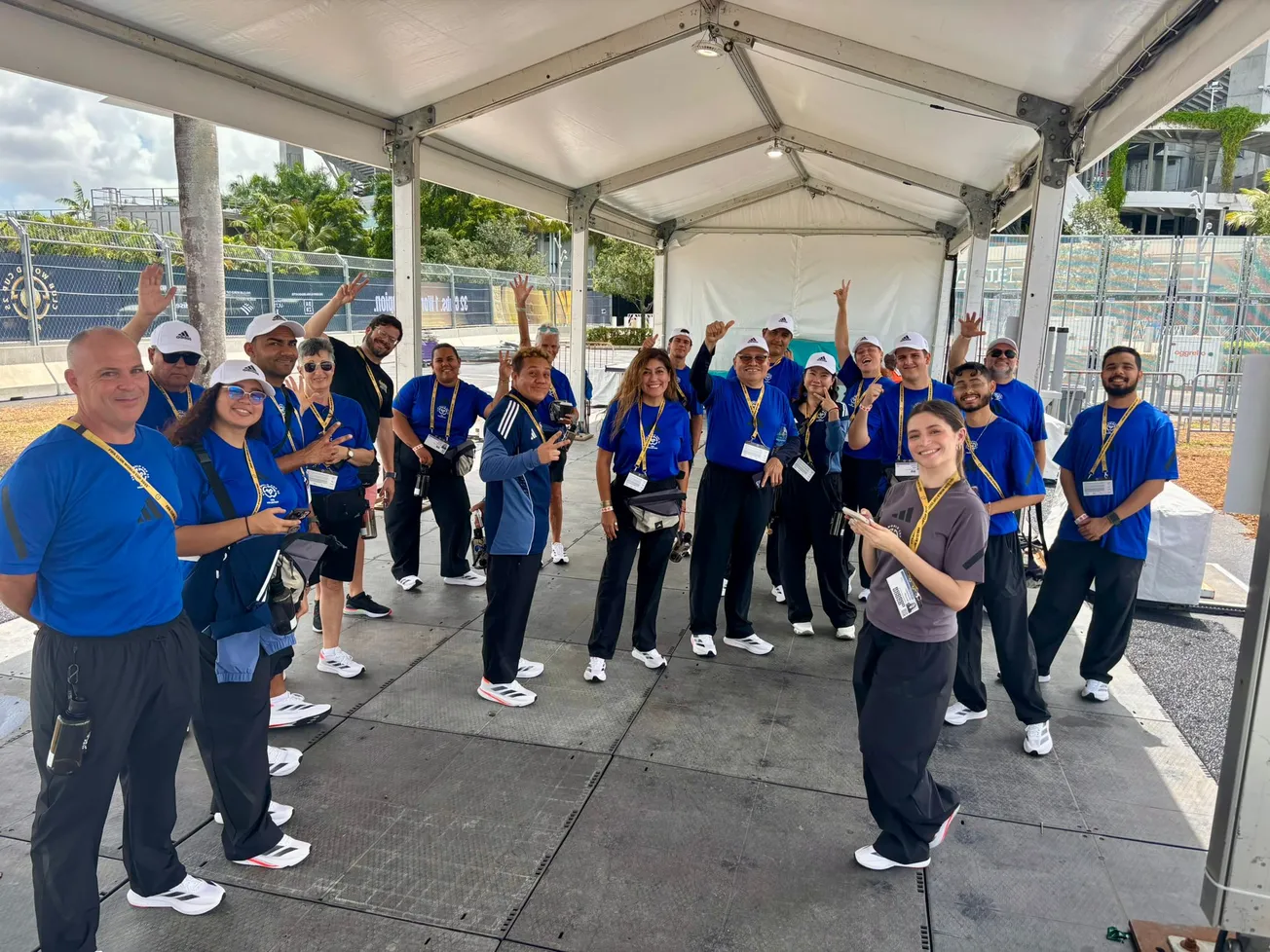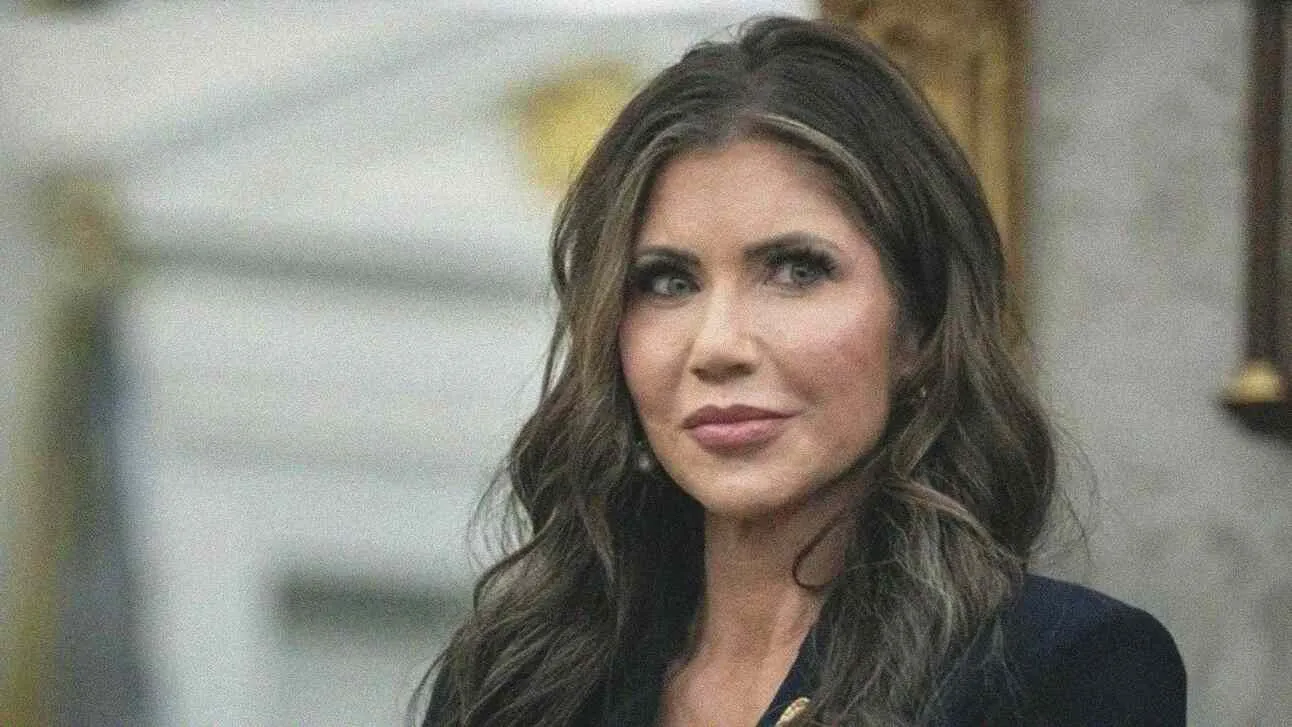The old joke goes that if you speak three languages you are trilingual, if you speak two languages you are bilingual; but if you only speak one language you are American. Such a self-deprecating statement concerning the American attitude toward languages other than English is currently being challenged by the rapid growth in Spanish language programs across the country. In spite of the narrow-minded—borderline racist—English Only initiatives in some local jurisdictions, the number of language immersion programs in the United States almost doubled between 2005 and 2011, and the latest information from the International Baccalaureate Organization reports 1,438 World Schools in this country. In Montgomery County Public Schools (MCPS) alone, seven Elementary Schools and five Middle Schools offer immersion programs in Spanish, Chinese, and French. MCPS defines language immersion as an educational approach in which students are taught the curriculum content through the medium of a second language.
In a country increasingly multicultural, where the “minority” is mainstream in many markets, we must leverage the asset of our diversity to enrich our lives as Americans and effectively communicate with the world.
The United States has the second largest Spanish speaking population on the planet. Hispanics represent 16 per cent of America’s population, but it will surge to 30 per cent by 2050, according to estimates by the Pew Research Center. Data from Scarborough Research indicates that 52 per cent of Hispanics in the Washington, D.C. metropolitan area speak Spanish the most in their household. Scarborough also estimates that there are more than 145,000 readers of Spanish language newspapers in the DC area, and 85 percent of adults who read Spanish newspapers in our area read El Tiempo Latino. Not bad for the “dying” newspaper industry.
In a country increasingly multicultural, where the “minority” is mainstream in many markets, we must leverage the asset of our diversity to enrich our lives as Americans and effectively communicate with the world.
This is a thriving reality indeed. Spanish was the first European language that took root in what today is the United States. Spanish is not a foreign language in the “land of the free” but the other language of this land whose presence enables a country of English speakers to become more powerful and influential –two words with economic and cultural repercussions.
As author Julie Barlow once told me: “It is not only about Hispanics speaking Spanish, Americans study Spanish more than any other language.” Barlow, who is the co-author of “The Story of Spanish,” pointed out that some Americans are ambivalent about a language portrayed as “spoken by people who entered the country illegally.” However, she said, those who promote English Only are probably sending their kids to Spanish immersion programs. The rise of Spanish speakers in America is not for the narrow minded, nor for the impatient.










